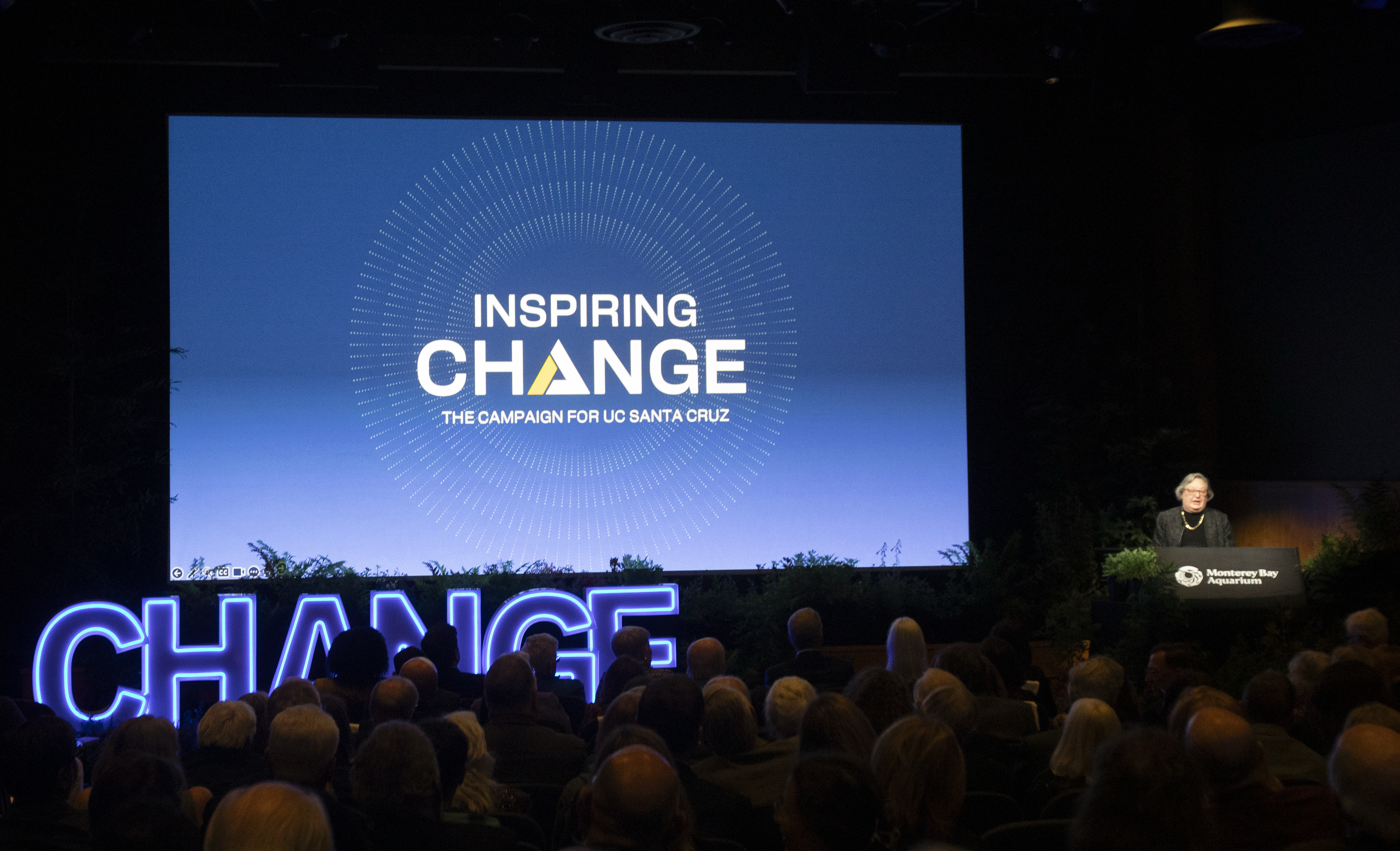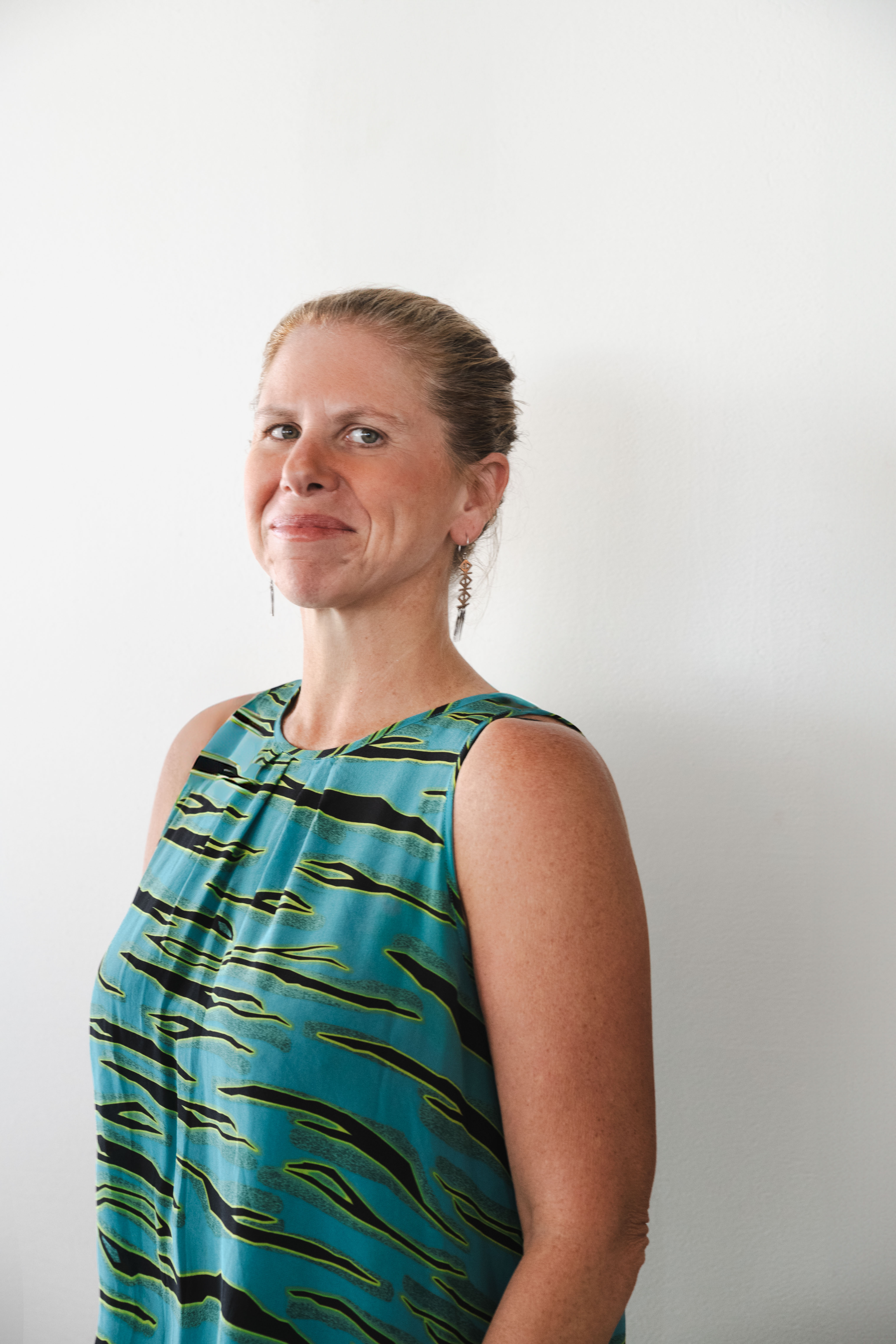Leading in Sustainability
Explore Our Impact
Goals and Progress
Water
Campus water conservation has surpassed its 2025 target. The university has already reduced water usage by 41%, exceeding the original goal of a 36% cut compared to 2005–08 levels.
Waste
Significant progress has been made toward reducing and diverting waste, though some goals are still ahead. Per capita municipal solid waste generation is already down 25.28%, meeting the 2025 target, and the campus has reached 49% diversion from landfill toward the 90% goal set for 2030. The initiative to eliminate single-use plastics is 90% complete.
Food
The campus dining program is steadily moving toward a more plant-focused menu. Currently, 23% of all food served is plant-based, closing in on the 25% goal for 2025.
Fleet (Campus Vehicles)
The university is transitioning its fleet to low-emission options, though work remains. At present, 24% of new vehicles purchased after 2023 are electric or hybrid, nearly halfway to the target of at least 50%.
Green Building & Operations
New construction and major renovations are increasingly built to higher environmental standards. All projects met or exceeded the LEED certification required of them.
Explore our Living Labs Map.
The UC Santa Cruz Living Labs Map is an interactive map that provides links to a wide range of programs organized into six categories:
- Agroecology
- Design & Engineering
- Environmental Education
- Environmental Justice and Sustainability
- UCSC Natural Reserves
- Stewardship & Natural History
Recent News

Inspiring Change: UC Santa Cruz launches $750M campaign
The campaign is a collective effort to raise funding to accelerate the campus’s groundbreaking discoveries, create real, lasting solutions to some of the world’s most consequential challenges, and amplify the next generation of leaders and scholars.

Leading marine conservation across the Pacific
Alumna Stacy Jupiter (Ph.D. ’06, ecology and evolutionary biology) is the Executive Director of Marine Conservation at the Wildlife Conservation Society.

New global directory of reforestation organizations helps would-be donors maximize the impact of their philanthropy
Professor Karen Holl and Postdoctoral Researcher Spencer Schubert launched the directory in partnership with nonprofit environmental media organization Mongabay

Donate
Donate today and ensure that students continue to explore sustainability on campus while gaining the experience needed to enact institutional changes at UCSC and in the world as future change agents.


